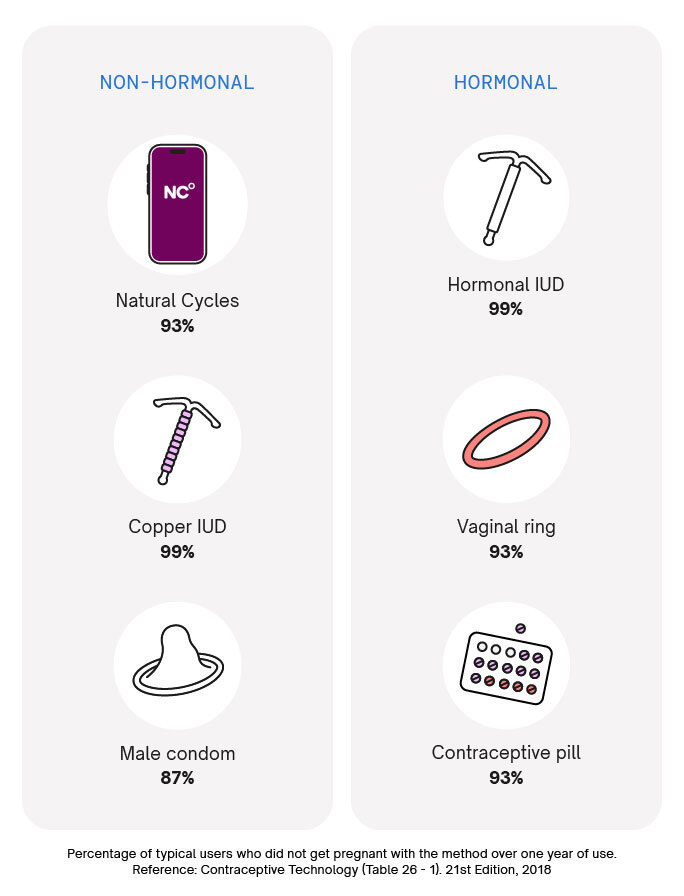– A contracted pelvis is established when the pelvic inlet at the interaxial dimension is less than 10 cm, with less than 8 cm being considered a contracted pelvis
– The shape, type, and diameter of the female pelvis determine the course and outcome of labor
– The pelvis is made up of the sacrum, coccyx, and two os coxae (each os coxae is made up of the ischium, ilium, and pubis)
– The pelvis is divided into the true pelvis and false pelvis by the pelvic inlet
– The pelvic inlet is the doorway to the birth canal and involves three of the four units of the bone pelvis
– The shape of the pelvic inlet depends on the general shape of the pelvis, which can be classified into 4 basic types: gynaecoid (most suitable for vaginal birth), android, anthropoid, and platypelloid
– The diameters of the pelvic inlet are defined as anteroposterior (conjugate), obstetric conjugate, and diagonal conjugate
– Possible causes of contracted pelvis include developmental metabolic factors (rickets, osteomalacia), traumatic factors (fractures), neoplastic factors (osteoma), and lumbar kyphosis
– Contraction of the pelvis can be caused by various conditions such as scoliosis, spondylolisthesis, dislocation of the femurs, and atrophy of the lower limbs.
– Diagnosis of contracted pelvis can be done through abdominal examination, pelvimetry (assessment of pelvic diameters and capacity), and imaging pelvimetry (X-ray, CT, MRI).
– There are different degrees of contracted pelvis: minor, moderate, severe, and extreme, based on the measurement of the true conjugate.
– Complications of contracted pelvis can occur for both the mother and the fetus, including pendulous abdomen, pyelonephritis, slow cervical dilation, obstructed labor, birth asphyxia, nerve injuries, and postpartum hemorrhage.
– Management of contracted pelvis during labor depends on the degree of contraction. Vaginal delivery is recommended for minor degree, trial of labor or caesarean section for moderate degree, and caesarean section for severe or extreme degree.
– Physiotherapy interventions can be beneficial for contracted pelvis, particularly in minor and moderate cases.
Continue Reading









